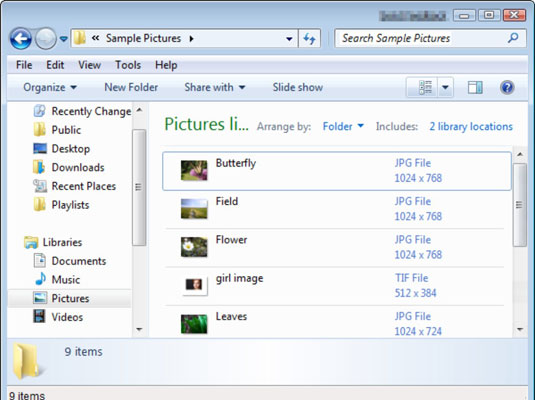
When this is the case, it is important to document this in a readme.txt file.Ĥ. As such, depending on the number of parameters you want to use, they are likely to be abbreviated. Avoid long file names they should not exceed 30 characters. Think of project/experiment name, researcher, date (range), data type, method etc.ģ. How to make your file name as descriptive as possible with essential parameters. project/experiment name, researcher, data type, method etc.).Ģ.
or another parameter that is most important to you (e.g. file version: use leading zeros, v01 or v001 (depending on the number of version you expect) instead of v1, for sequential sorting. date: use YYYYMMDD or YYYY-MM-DD, which ensures sorting in chronological order,. 
What to think through when designing your file naming conventionġ.
easily sort and browse through your (data)files. easily and quickly locate, retrieve and filter (data)files, even if they have changed folders. identify the content of a (data)file without opening it. a systematic file naming method) helps to You may set up a clear folder structure by:īest practices in file naming file naming conventionsĪpplying a consistent and descriptive file naming convention (i.e. Move the files you no longer work on to a different (back-upped) location. Start with a limited number of folders and create more specific folders within, but do not use more than 5 levels of folders. Once you develop a naming scheme for your folders, stick to it. Check whether group level procedures for structuring folders exist. The following are some tips on creating a logical hierarchy: 
It's important to have a logical folder hierarchy that allows you to understand where to find your files and avoid duplication. You'll be able to easily find and understand your files later on. Investing time in thinking about a clear naming and folder structure for storing your files pays off in the long run. We all think we're going to remember how we named our data files and where we stored them.






 0 kommentar(er)
0 kommentar(er)
